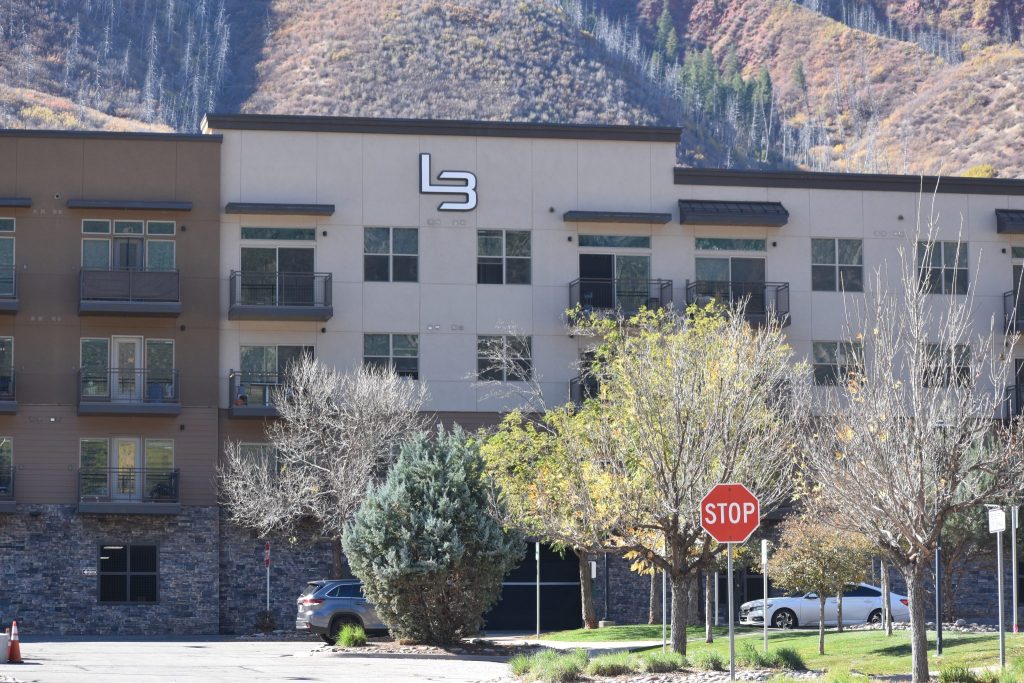Home prices in Colorado’s mountain resort counties have more than doubled since 2012, study finds
Common Sense Institute report cites lack of available year-round housing and too few multifamily units as part of the reason

Julianna O’Clair/ Post Independent
Home prices in Colorado’s mountain resort communities have skyrocketed over the past 13 years, with a new report further detailing the erosion of affordability for working residents.
A study released on Wednesday by the Colorado-based think tank Common Sense Institute shows home prices in seven Western Slope counties — Eagle, Garfield, Grand, Pitkin, Routt, San Miguel and Summit — have more than doubled or, in some cases, tripled since 2012.
The Common Sense Institute researches and promotes free-enterprise economic policy and bills itself as “nonpartisan.” Several of its board members, however, have ties to the Republican Party, and the organization has accepted funds from the conservative advocacy group Advance Colorado.
The study bases much of its analysis on data from Zillow, which shows that average prices in those counties as of this May range from just under $700,000 in Garfield to $2.5 million in Routt.
The study doesn’t break those prices down by single-family and multifamily homes. Other data sets have shown that prices in many of those areas are even higher.
Data from the Colorado Association of Realtors, which releases a report each month on the state’s real estate market, shows that Pitkin County, home to Aspen, commands the highest price points.
According to a May report, the average price for a single-family home was $12.9 million, while the price of a multifamily home, meaning a townhome or condominium, was $2.9 million. The Common Sense Institute, by comparison, shows the average home price in May in Pitkin County was $1.1 million.
Realtors have stressed that month-to-month averages can swing dramatically because of the limited number of sales and high price points, meaning even one high-end sale can skew the data. The Common Sense Institute’s report is more in line with Realtor data for other communities.
The think tank’s chief economist, Steven L. Byers, who authored the report, said the Zillow data excludes outliers that may skew the numbers, with home prices falling between the 35th and 65th percentile.
Local officials and housing experts have also commissioned studies in their communities, often referred to as housing needs assessments. While the various data sets may differ in their exact numbers, all show a general decline in affordability for ski towns.
“Over the past decade, surging home prices, strong demand for second homes, and limited new housing supply have created a severe affordability crisis in Colorado’s mountain resort communities,” Byers said in a statement.
The report found that the overall average price increase across the seven analyzed counties was nearly 189% higher than the statewide average increase.
It also found that most of those counties have a housing shortage based on data from the U.S. Census Bureau’s American Community Survey and the National Association of Home Builders. Just two counties, Routt and Grand, have a slight surplus of housing, according to the report.
Other communities had housing shortages ranging from 480 in San Miguel to 1,975 in Garfield.
The report defines housing shortages as the number of homes available for sale or long-term rent. While on paper, resort communities may appear to have a healthy housing stock relative to their population size, a large chunk of those units sit empty throughout the year because they are either used as vacation homes or short-term rentals.
The Colorado Association of Ski Towns estimates that in some mountain communities, more than 40% of homes are vacant.
In response, many local governments have worked to build more subsidized rental units and create deed-restriction programs that cap a home’s appreciation value and limit its sale to members of the workforce.
Byers said the lack of long-term available housing makes it “increasingly difficult for year-round residents and local workers to live where they work — posing long-term risks to the economic vitality of these communities unless targeted solutions address the imbalance between housing supply and demand.”
The report also found that most building permits issued since 2012 in mountain resort counties are for single-family homes, rather than multifamily. Grand County had the highest share of permits for single-family homes at 83%. The only county that had slightly more permits for multifamily homes compared to single-family homes was Eagle, at 53%.
The report cites this as another reason for the regions’ housing shortages.
The Common Sense Institute’s studies continue to gain prominence in the state’s policy discussions.
Legislators, who this year passed major reforms to Colorado’s construction defects laws in a bid to boost condo development, cited a 2023 Common Sense Institute report that showed a sharp decrease in the number of active condo developers. The report pointed to the highly litigious nature of construction defect laws as the reason.
Aspen’s Elk Mountains are ‘crux’ of Colorado 14ers, expert says
Despite Aspen’s global fame, the local stock of 14ers draws fewer recreationists to their slopes than the rest of the state.

Support Local Journalism

Support Local Journalism
Readers around Glenwood Springs and Garfield County make the Post Independent’s work possible. Your financial contribution supports our efforts to deliver quality, locally relevant journalism.
Now more than ever, your support is critical to help us keep our community informed about the evolving coronavirus pandemic and the impact it is having locally. Every contribution, however large or small, will make a difference.
Each donation will be used exclusively for the development and creation of increased news coverage.










